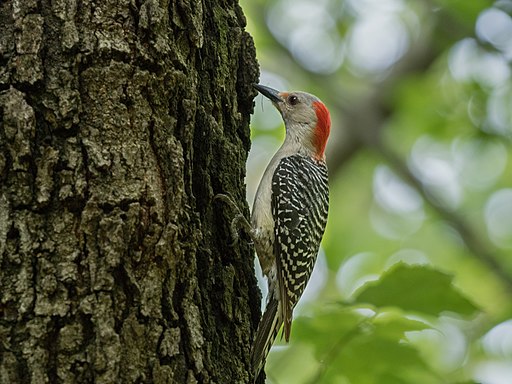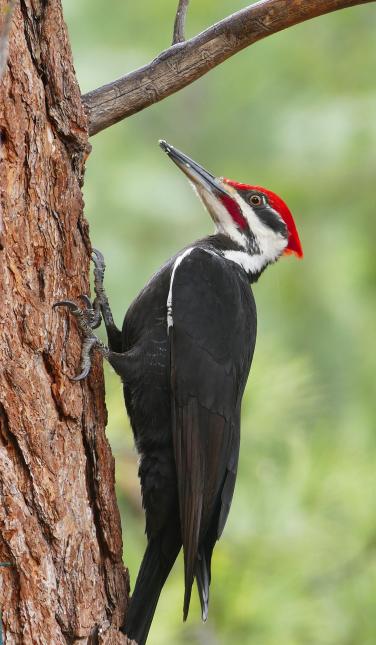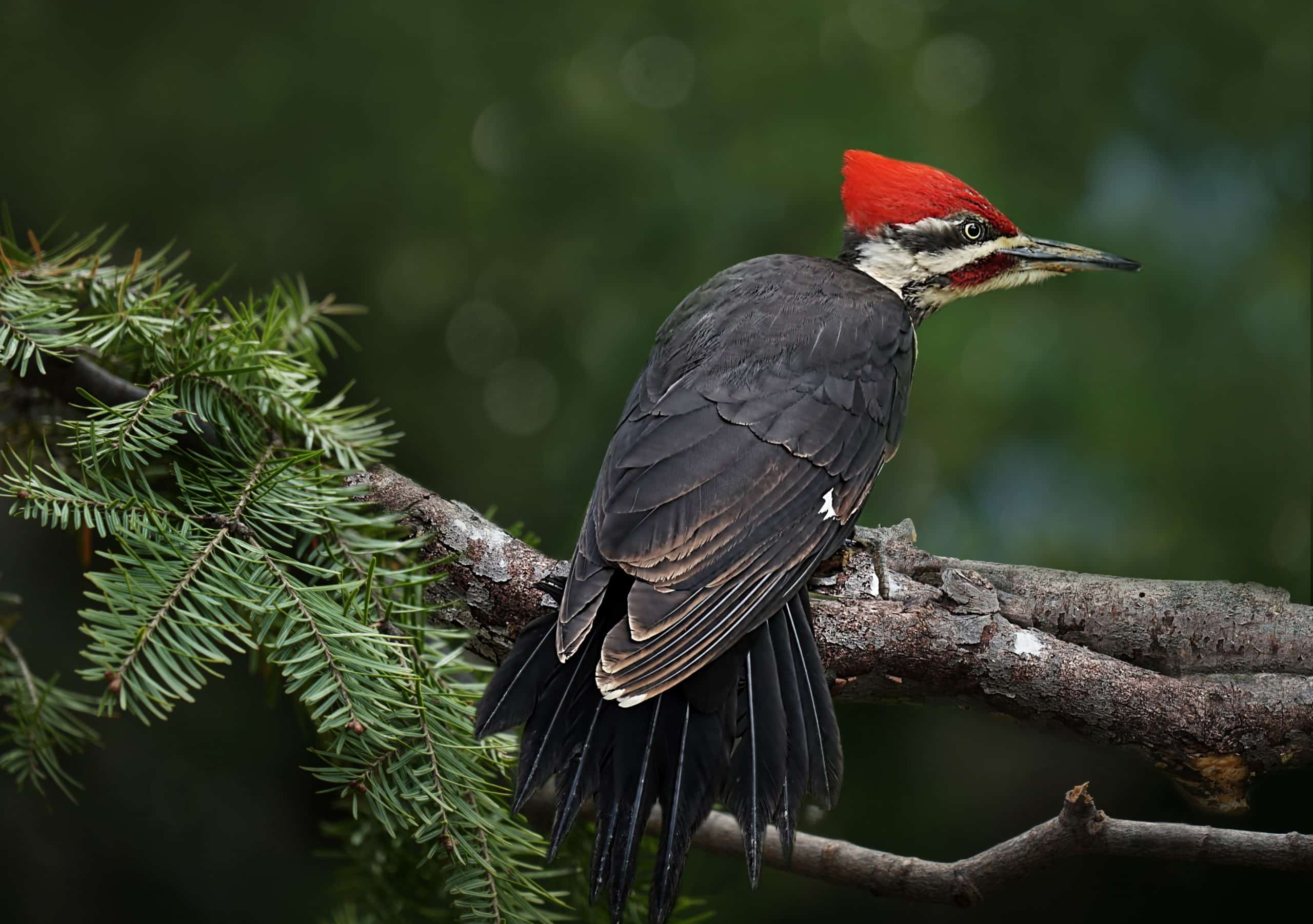Native Woodpeckers in Florida: An Overview to Species and Behaviors
Native Woodpeckers in Florida: An Overview to Species and Behaviors
Blog Article
Discover the Fascinating World of Woodpeckers: Every Little Thing You Required to Know
The world of woodpeckers is a world full of distinct actions, complex adaptations, and a varied array of varieties. From their habitats and circulation patterns to their feeding routines and specialized anatomical attributes, woodpeckers have long astounded the rate of interest of ornithologists and nature fanatics alike. Comprehending the intricacies of these remarkable birds offers a glance into the intricate interplay in between their biology and the environment. As we check out the globe of woodpeckers even more, we reveal a riches of details that clarifies their relevance in communities and the obstacles they face in an ever-changing world.
Woodpecker Habitats and Circulation
In North America, for example, woodpeckers can be spotted in both coniferous and deciduous woodlands, using their strong beaks to forage for insects and develop nesting tooth cavities in trees. In Africa, specific woodpecker species have actually adapted to arid settings, such as the acacia forests, where they play an important role in regulating insect populations.

Feeding Behaviors and Diet
Among the various aspects of their behavior, woodpeckers exhibit distinct feeding habits and dietary preferences. These birds are primarily insectivores, with a diet that consists of ants, beetles, caterpillars, and various other pests located in trees. Woodpeckers utilize their strong beaks to drill into the bark of trees, probing for pests and larvae concealed underneath the surface area. In addition to insects, woodpeckers also consume nuts, seeds, fruits, and sap. Some varieties have actually specialized tongues with barbed ideas that assist them draw out insects from crevices in timber.
Woodpeckers are understood for their drumming behavior, which offers not just to interact with other woodpeckers yet likewise to locate food. The fast drumming noise is created by the bird pecking on powerful surfaces like dead trees or metal posts. This habits can attract pests hidden in the timber, enabling the woodpecker read more to spot their existence and feed on them.
Distinct Adaptations for Tree Climbing
In their experienced pursuit of bugs hidden within tree bark, woodpeckers have actually progressed amazing anatomical attributes that equip them with distinct adjustments for effective tree climbing. Woodpeckers have solid neck muscles and a special skull structure that absorb the effect of continuous pecking, allowing them to climb vertically without triggering harm to their brains. These adjustments showcase the unbelievable evolutionary style that enables woodpeckers to navigate trees with precision and efficiency.
Diverse Woodpecker Variety Worldwide
With over 200 various types spread across numerous habitats worldwide, the family members of Picidae includes an amazing diversity of woodpeckers. These birds can be found in woodlands, woodlands, savannas, and also city areas, showcasing their adaptability to various atmospheres. From the legendary Northern Flicker in North America to the vibrant and elusive Crimson-backed Flameback in Asia, each woodpecker species shows one-of-a-kind features in regards to plumage, actions, and environment choice.
Woodpeckers differ substantially in dimension, with the diminutive Downy Woodpecker gauging around 6-7 inches in length, while the effective Lineated Woodpecker can rise to 17 inches - Woodpeckers in Florida. Their beaks additionally are available in various forms and sizes, mirroring their feeding practices. Some types focus on extracting pests from tree bark, like the Acorn Woodpecker, while others, such as the Black-cheeked Woodpecker, prey on fruits and seeds

Conservation Initiatives and Difficulties
Conservation efforts for woodpecker populations are crucial in reducing the impact of habitat loss and various other hazards dealing with these varied avian species. Woodpeckers encounter numerous difficulties to their survival, primarily due to logging, urbanization, environment change, and invasive varieties. To attend to these problems, conservation efforts concentrate on safeguarding and recovering woodpecker environments, executing lasting forestry practices, and elevating recognition concerning the relevance of these birds in ecological communities.
One considerable challenge in woodpecker navigate here conservation is the fragmentation of their environments, leading to separated populaces that are much more vulnerable to termination - Woodpeckers in Florida. Guardians work to create wild animals hallways and secured areas that connect these fragmented habitats, allowing woodpeckers to move between various areas for feeding, reproducing, and sanctuary

Conclusion
In final thought, woodpeckers are remarkable birds with special adaptations for tree climbing and feeding actions. Further research and preservation actions are needed to make certain the survival of woodpeckers in the wild.
Report this page